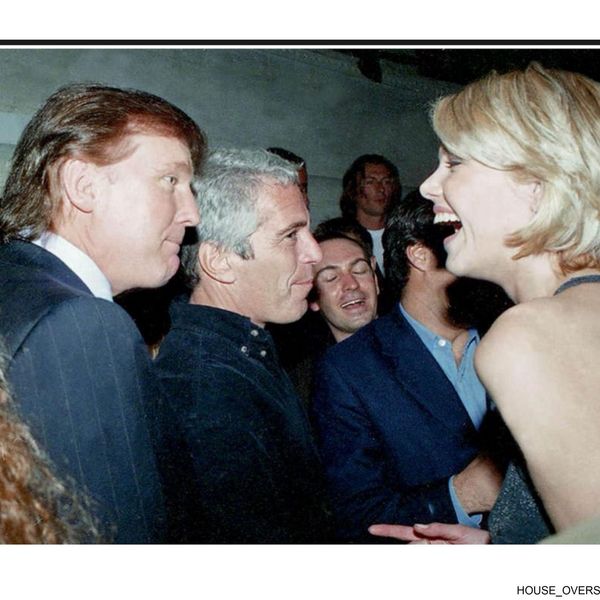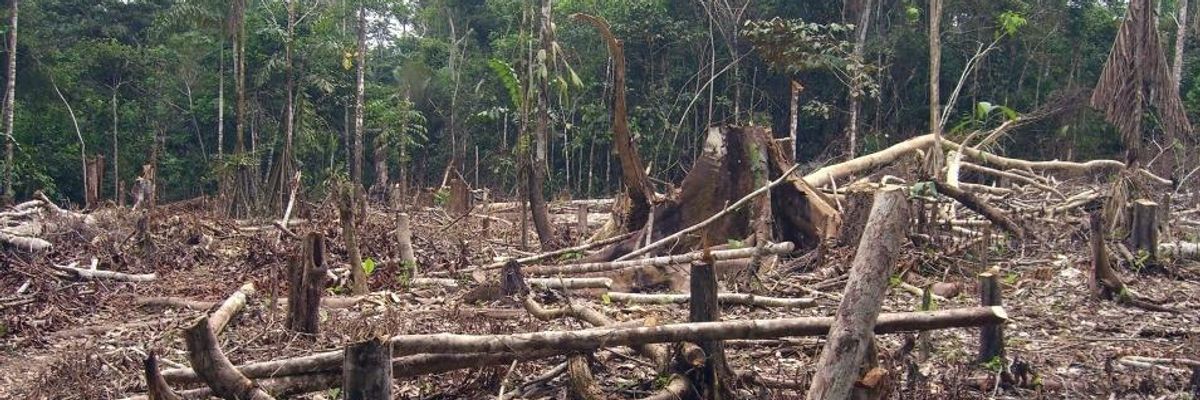The River Basin at the center of Latin America called the Amazon is roughly the size of Australia. Created at the beginning of the world by a smashing of tectonic plates, it was the cradle of inland seas and continental lakes. For the last several million years, it has been blanketed by a teeming tropical biome of 400 billion trees and vegetation so dense and heavy with water, it exhales a fifth of Earth's oxygen, stores centuries of carbon, and deflects and consumes an unknown but significant amount of solar heat. Twenty percent of the world's fresh water cycles through its rivers, plants, soils, and air. This moisture fuels and regulates multiple planet-scale systems, including the production of "rivers in the air" by evapotranspiration, a ceaseless churning flux in which the forest breathes its water into great hemispheric conveyor belts that carry it as far as the breadbaskets of Argentina and the American Midwest, where it is released as rain.
In the last half-century, about one-fifth of this forest, or some 300,000 square miles, has been cut and burned in Brazil, whose borders contain almost two-thirds of the Amazon basin. This is an area larger than Texas, the U.S. state that Brazil's denuded lands most resemble, with their post-forest landscapes of silent sunbaked pasture, bean fields, and evangelical churches. This epochal deforestation--matched by harder to quantify but similar levels of forest degradation and fragmentation--has caused measurable disruptions to regional climates and rainfall. It has set loose so much stored carbon that it has negated the forest's benefit as a carbon sink, the world's largest after the oceans. Scientists warn that losing another fifth of Brazil's rainforest will trigger the feedback loop known as dieback, in which the forest begins to dry out and burn in a cascading system collapse, beyond the reach of any subsequent human intervention or regret. This would release a doomsday bomb of stored carbon, disappear the cloud vapor that consumes the sun's radiation before it can be absorbed as heat, and shrivel the rivers in the basin and in the sky.
The catastrophic loss of another fifth of Brazil's rainforest could happen within one generation. It's happened before. It's happening now.
Mauro Toledo Rodrigues contributed reporting. Read the full article here.



